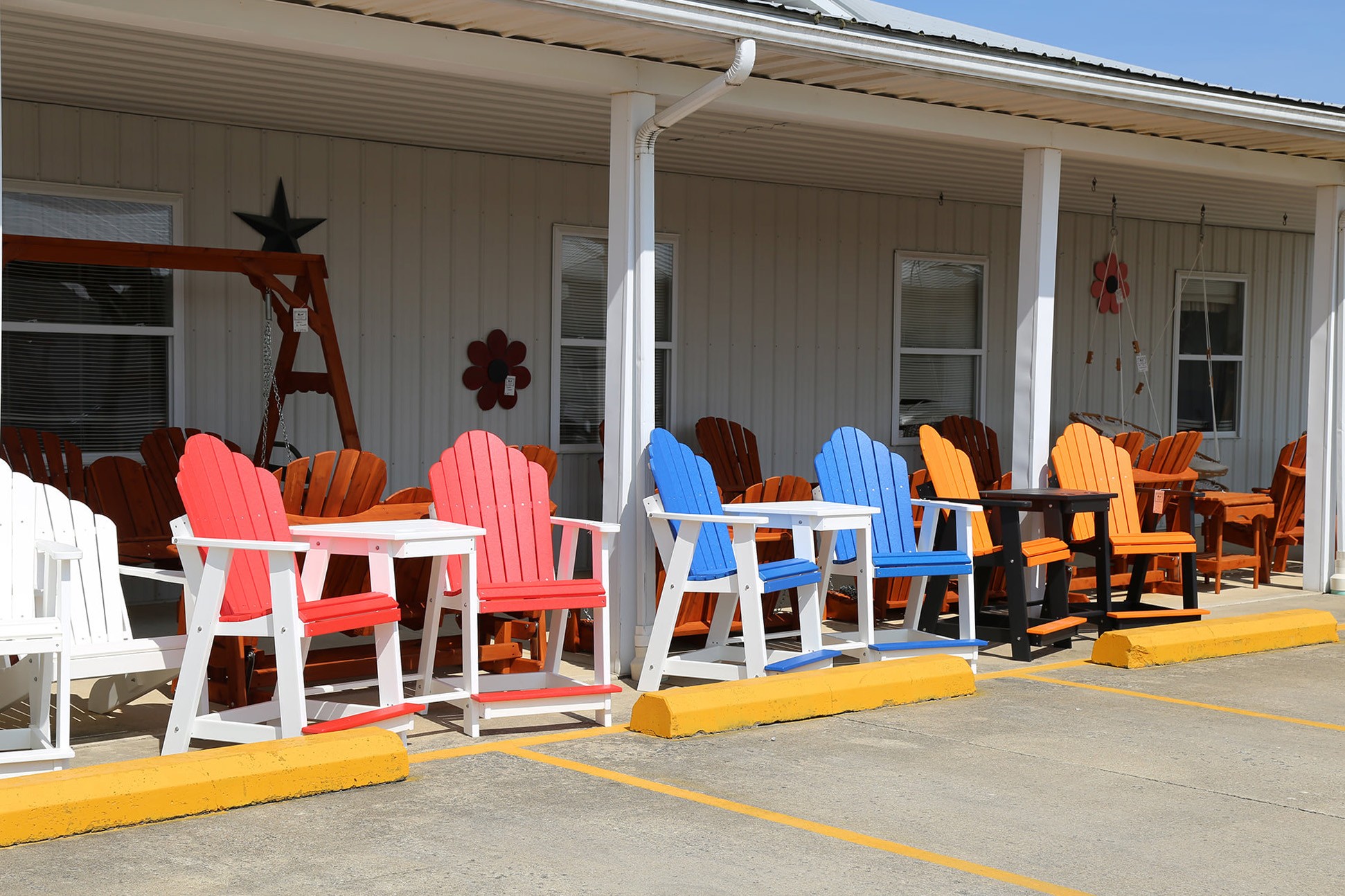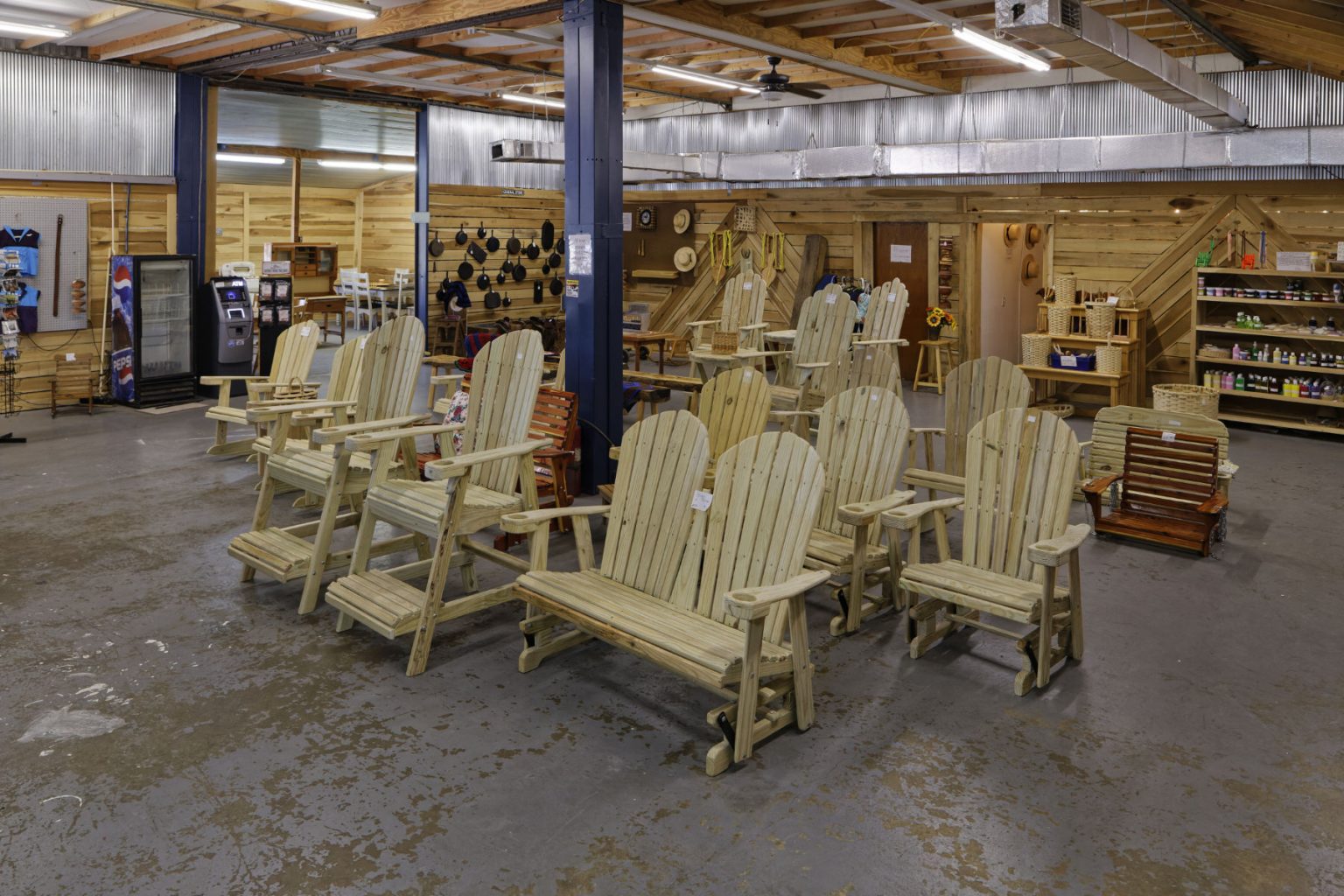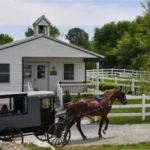What to Expect at an Authentic Amish Heritage Museum
Visiting an Amish heritage museum offers a rare glimpse into a culture defined by simplicity, faith, and community. These museums preserve centuries of tradition through artifacts, exhibits, and interactive experiences. Whether you are a history enthusiast, a cultural explorer, or a traveler curious about Amish life, understanding what to expect can enhance your visit. From handcrafted tools to traditional farming techniques, Amish heritage museums reveal how daily life, faith, and craftsmanship intersect.
Immersive Historical Exhibits
Learning the Amish Story
Authentic Amish museums begin by telling the story of the community’s origins. Exhibits often trace the journey of Amish settlers from Europe to America, highlighting persecution, migration, and the establishment of new communities. Visitors learn about the challenges faced by early settlers and how faith guided their decisions.
Artifacts such as early manuscripts, letters, and household items provide context and make history tangible. Through these displays, guests gain insight into how Amish traditions evolved while remaining deeply rooted in religious principles.
Visual Storytelling
Many museums use murals, dioramas, or life-size replicas to illustrate Amish life. For example, the Behalt mural at the Amish & Mennonite Heritage Center in Ohio spans 265 feet, depicting the historical journey of Anabaptist communities. Such visual storytelling helps visitors connect emotionally with the past and understand the perseverance and values of the Amish people.
Traditional Crafts and Handwork
Quilts, Furniture, and Tools
Amish heritage museums often showcase handcrafted artifacts. Quilts, furniture, and farming tools reveal both functionality and artistry. Visitors can see how communities relied on skill, patience, and cooperation to create objects for daily life. Each artifact tells a story about community values, work ethic, and faith.
Interactive Workshops
Some museums provide workshops where visitors can participate in quilting, woodworking, or cooking demonstrations. These hands-on experiences give a deeper appreciation for the time and dedication required to maintain Amish traditions. By engaging directly with crafts, guests learn how faith and simplicity influence both work and art.

Insight into Daily Life
Homes, Farms, and Schoolhouses
Authentic museums often feature restored Amish homes, barns, and one-room schoolhouses. Walking through these spaces allows visitors to see how families organized their lives, balancing work, education, and worship.
Guided tours explain the significance of each room and tool, showing how Amish families maintain efficiency, order, and modesty in their daily routines. Visitors can observe farming techniques, domestic chores, and schooling practices that have remained largely unchanged for generations.
Religious Practices
Faith lies at the heart of Amish culture, and museums often illustrate its central role. Exhibits may include hymnals, Bibles, and descriptions of church services. Visitors learn that spiritual life governs decision-making, family structure, and community cooperation, shaping every aspect of Amish life.
Community and Heritage
Mutual Support and Social Life
Amish heritage museums emphasize the importance of community. Exhibits highlight barn raisings, shared harvests, and cooperative projects that demonstrate reliance on neighbors and family. Visitors gain insight into how these practices foster strong social bonds and ensure survival in both historical and modern contexts.
Cultural Preservation
Museums serve as custodians of Amish culture, carefully balancing public education with respect for privacy. By documenting history, crafts, and daily life, these institutions help ensure that traditions endure for future generations while providing an educational resource for outsiders.
Tips for Visiting Amish Heritage Museums
-
Respect privacy: Photography may be restricted; always follow museum rules.
-
Engage with guides: Tour guides offer valuable context and answer questions about culture and traditions.
-
Participate in workshops: Hands-on experiences enhance understanding of Amish crafts and practices.
-
Plan ahead: Combining multiple museums or heritage centers in Pennsylvania, Ohio, or Indiana provides a fuller picture of Amish life.
Conclusion
Visiting an authentic Amish heritage museum offers much more than a glimpse into the past. Guests experience a culture built on faith, simplicity, and community, expressed through crafts, artifacts, and daily routines. From immersive exhibits and restored homes to interactive workshops and farm demonstrations, these museums allow visitors to understand the values that have shaped Amish life for centuries.
By exploring Amish artifacts, traditions, and ways of life, guests leave with a deeper appreciation for a community that continues to thrive while staying true to its principles. Museums dedicated to preserving Amish heritage offer a meaningful, educational, and inspiring journey for anyone seeking insight into one of America’s most unique cultural communities.



